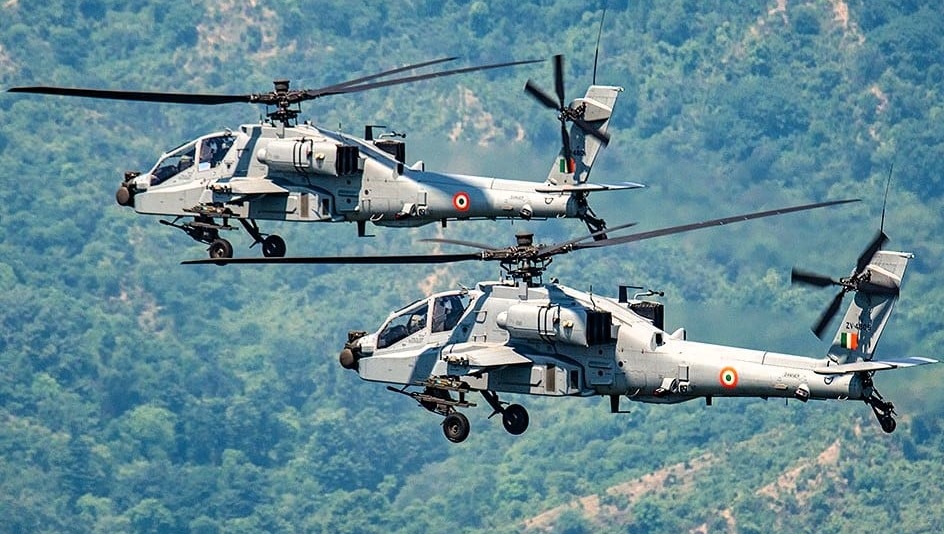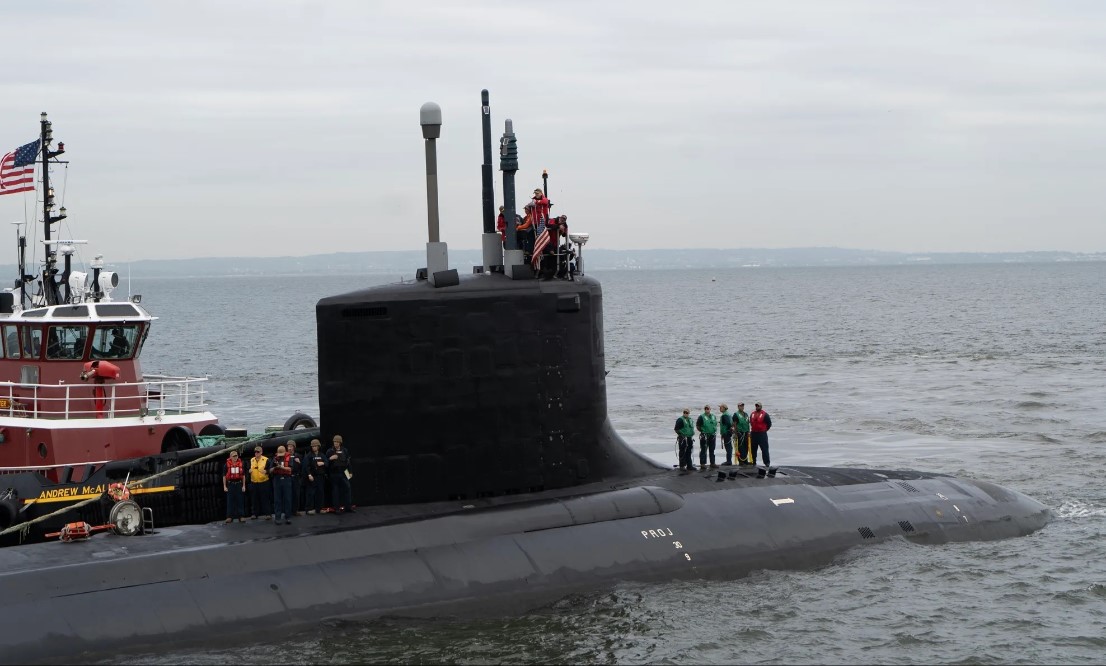IAF Completes Complex Operation to Recover Apache Helicopter from 12,000 ft Ladakh Peak by Dismantling 400 Parts

In one of its most challenging operations to date, the Indian Air Force (IAF) has successfully undertaken the retrieval of a Boeing Apache attack helicopter stranded on a rugged Ladakh peak since April. The helicopter, which made an emergency landing north of Khardung La pass at an altitude of 12,000 feet, had been grounded for months due to the harsh terrain and logistical constraints.
The operation, which spanned several months, highlighted the IAF's resilience and resourcefulness in overcoming the treacherous conditions of the high-altitude region. The stranded Apache helicopter could not be airlifted from the site, even by the IAF’s powerful Chinook helicopters, as the weight and altitude made such an effort impossible. Instead, the IAF had to resort to an alternative plan: dismantling the helicopter and transporting it piece by piece to Leh by road.
The Apache AH-64E is one of the world’s most advanced attack helicopters, boasting a sophisticated array of weaponry and systems designed for precision strikes against both air and ground targets. The IAF inducted 22 Apache helicopters from Boeing in a Rs 14,910 crore deal, making these helicopters a vital asset in India's defense, particularly in regions like Ladakh, which is prone to military tensions with China.
The Apache helicopter is equipped with a 30mm M230 chain gun, Hellfire missiles, and Hydra 70 rockets, giving it formidable firepower. It also has advanced avionics and a Longbow radar system, enabling it to operate effectively in complex environments. This particular helicopter had to be retrieved from one such complex environment—one of the world's highest and most unforgiving terrains.
Given the impossibility of airlifting the 10,000 kg helicopter from the mountain peak, a team of skilled IAF personnel and technicians trekked to the remote landing site. After an extensive assessment of the damage, they meticulously dismantled the helicopter into 400 individual parts. These parts were then manually carried by the team to the nearest road accessible to vehicles, a monumental task in itself considering the harsh conditions of the region. The dismantling and transportation process was not only physically demanding but also required technical precision to ensure that every component was safely retrieved.
Only the Apache’s airframe and engine remained at the site after the dismantling, as these were too large and heavy to be carried manually. For these final components, the IAF deployed a specialized crane operated by trained personnel with mountaineering expertise. The crane used long steel wires to carefully lower the airframe and engine onto a waiting truck, marking the conclusion of the mission.
This recovery operation was not just a technical challenge but also took place against the backdrop of heightened military tensions between India and China in the region. The deployment of Apache helicopters in Ladakh is a testament to India’s strategic focus on bolstering defense capabilities in the sensitive border areas.
The Apache’s advanced capabilities are crucial for the IAF’s operations in such regions. It is a highly maneuverable helicopter, capable of flying in day and night conditions, even in adverse weather. It can also carry out precision strikes, making it an invaluable asset for missions in Ladakh’s rugged terrain. Its retrieval was, therefore, a matter of priority for the IAF, and the success of the operation underscores the military's technical expertise and determination in safeguarding India’s defense interests.
This operation to recover the Apache highlights the complexities the IAF faces when operating in high-altitude areas like Ladakh, but it also showcases their ability to adapt and innovate in extreme situations.


